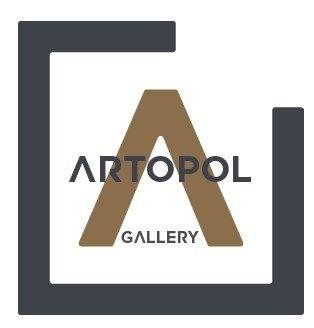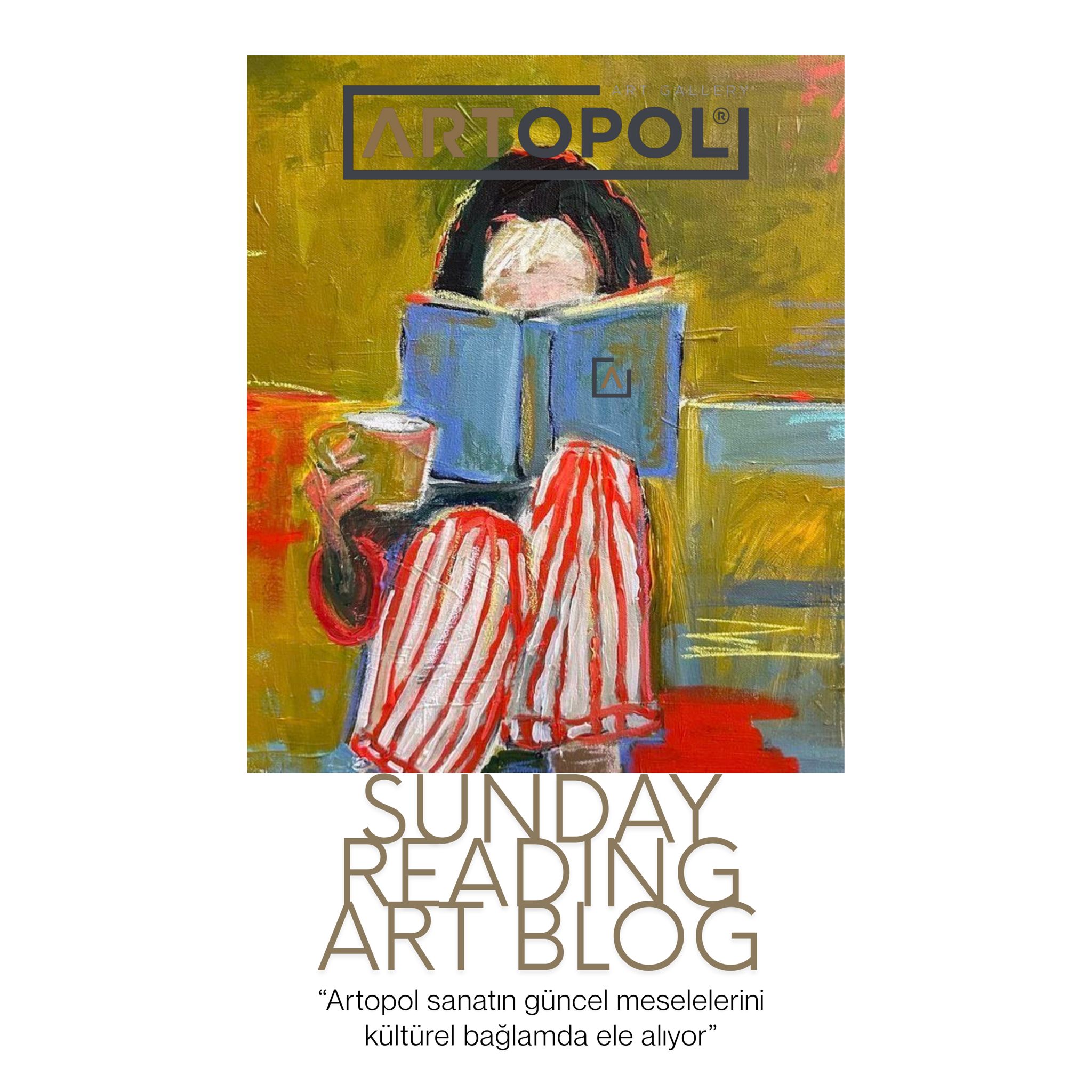In recent times, art historians have begun to study not only the masterpieces of great masters but also their sketches in detail. Because sketches carry another treasure beyond information about the artist’s technique: the artist’s imagination.
The Sistine Chapel frescoes, which immortalized Michelangelo, present a world where hundreds of figures come together. In the Last Judgment fresco alone, there are more than three hundred figures. As viewers, when we encounter this world, we focus on the artist’s style, the harmony of the composition, and the technical mastery—but we overlook the process that brought all these elements together. How many drawings did he make to achieve the perfect pose, the perfect expression, the perfect gesture? How many attempts before he found what he sought? We rarely think about it.
Yet this process is the artist’s most valuable power; this process is imagination itself. These are the traces of how the divine story told in the Bible was reflected in Michelangelo’s mind, the forms through which his thoughts took shape—the purest expression of his imagination. That is why sketches are so important: because they bring us closer to that vision.
Now, this power not only gives life to a single work but also inspires an entire exhibition. The I Have a Dream exhibition at Artopol Gallery brings together ten young artists alongside a master figure, Mahir Güven. From pop-surrealism to graffiti, from abstraction to landscape, it presents works from various styles to the audience—yet in every case, imagination remains at its core.

(Mahir Güven – Model)
When we encounter Mahir Güven’s works—and once we move past the effect of their pure elegance—we begin to contemplate his perception of space. In fact, we cannot really see where the figures are sitting or lying, yet we never doubt their existence. We may not know where the models are, but we bear witness to their presence somewhere. The sense of space defined by the stance of the women in red permeates our perception so deeply that we feel a sense of relief, as though uncovering a great secret. Because we are able to give reality, in our minds, to the space imagined by the artist.

(Çiler Süyev – Untitled 4)
In Çiler Süyev’s work, the situation is quite different. She presents the essential information about the space directly to the viewer with her own hands. While Mahir Güven’s paintings emphasize the existence of the figure and tell us about the act of being itself, Süyev’s untitled protagonists invite us into the depths of existence. Without spending much time on the spatial element that forms part of the composition, we move toward the contrasts that nourish the artist. Perhaps Untitled 4 expresses this best... One figure sits while the other lies across their lap. One is authoritative, the other submissive. One is confident, the other doubtful. Despite their differences, they coexist and remain connected. Side by side, yet each chasing separate dreams. So whose dream are we looking at? The artist’s, or the dream of the characters who embody it? Or perhaps our own... After all, the emotion that creates the artwork and the viewer’s feeling are never the same—so why should the dream be?
The cat? Still a cat... distant from all chaos, stripped of all emotion, as neutral as possible...

(Cansu Kahraman – Cherry Season)
Cansu Kahraman, on the other hand, offers a summer fairytale. “June should have not only poems and songs but also its own painting,” she says. It is, in fact, a self-portrait. As she adorns her ears with cherry earrings and complements the weight of green with her red dress, she seems to wear summer itself. The occasional transparency of the body expresses emotion, yet the imagined setting drawn from the artist’s mind unites with it. Is she trying to tell us her own dream? Or perhaps she is promising us one. Because her summer image is different from what we are used to. Spring has not yet turned into summer, green has not yet yielded to yellow, and reality has not completely faded. Perhaps it is early spring, as the poet says. Perhaps it is the dream of reality—or the reality of a dream...

(Cömert Doğru – Daylight)
When it comes to reality, one cannot fail to mention Cömert Doğru. His paintings are true examples of hyperrealism. Yet this level of reality almost denies reality itself. Without adding any personal interpretation, he presents a representation drawn directly from the fish’s own expression—an embodiment of nature’s creative power. He leads us from the passive heroes of dreams to the dream itself. Inviting, daring, beautiful, and real... And for all these reasons, the dream incarnate.
Click here to view the exhibition.
Written by: Zeynep Dikmen



